Kodipakam Neelameghacharya Govindacharya, commonly known as K.N. Govindacharya, is a name synonymous with brilliance and intellectual prowess, standing tall as a beacon in the realms of scholarship and philosophical acumen. His insatiable curiosity and unquenchable thirst for knowledge have etched an indelible mark on the intellectual landscape, garnering admiration and respect worldwide.
Reflecting upon the politico-intellectual history of independent India, Govindacharya’s life offers a mirror to the trajectory of the nation up to the present moment. As one of the seniormost figures of the second generation of the Rashtriya Swayamsevak Sangh (RSS), his life provides valuable insights into the current state of the Sangh. Although not actively involved in the day-to-day affairs of both the RSS and the BJP for an extended period, he remains a pivotal intellectual figure within the Sangh-BJP harmony. K.N. Govindacharya joined the BJP with fervor in 1988, and for an impactful decade until 2000, he wielded significant influence as its unwavering General Secretary.
Govindacharya has played a significant role in shaping the socio-political landscape of the country, with a notable contribution to the evolution of the Ram Mandir in Ayodhya. His involvement spans various issues, but one of the most pivotal aspects is his support for the construction of the Ram Mandir. Providing both ideological and organizational support to the Vishwa Hindu Parishad (VHP) and the RSS, Govindacharya’s influence extends beyond theory. Actively participating in mobilizing public opinion and organizing events, he has played a crucial role in garnering support for the construction of the temple. Eventually, his vision for the Ram Mandir is realized.
In a special interaction with The Interview World, K.N. Govindacharya shares his sentiments about the inauguration of the Ram Mandir, delves into the profound significance of Lord Ram in the socio-political landscape, explores the path towards self-reliance, and reflects on the temple movement in India. The following are key excerpts from his insightful conversation.
Q: What emotions and reflections arise as the Ram Mandir movement achieves its long-standing objective of constructing the Ram Temple in Ayodhya, considering your deep-rooted association with the movement since its inception?
A: The resonant slogan, “Ram Lala hum aayenge aur Mandir wanhi banayenge,” encapsulates a profound depth of cultural, religious, and historical significance. This perspective took shape in a foundational concept that not only celebrates but actively promotes the cultural and spiritual unity inherent in the diverse tapestry of India.
The construction of the Ram temple in Ayodhya transcends the realm of a mere political event; rather, it symbolizes the fulfillment of a time-honored cultural and religious aspiration that has been ingrained in the collective consciousness of generations. Ayodhya, as the sacred birthplace of Lord Ram, carries an unparalleled spiritual aura and holds a central place in the hearts of millions who revere this revered deity.
Beyond the architectural endeavor, the slogan serves as a powerful expression of the collective anticipation for Lord Ram’s divine presence at the temple. It signifies more than just the physical construction; it encapsulates the deep emotional and religious connection that the people feel towards this monumental project. The act of building the Ram temple is a manifestation of faith, unity, and a shared cultural identity that traverses geographical and social boundaries.
In essence, the construction of the Ram temple in Ayodhya becomes a poignant narrative of cultural continuity and spiritual resurgence. It embodies a collective journey towards the realization of a cherished cultural and religious vision, weaving together the threads of India’s diverse heritage into the rich tapestry of its historical narrative.
Q: What does the Ram Temple symbolize?
A: The construction of the Ram Temple emerges as a poignant symbol, encapsulating the essence of national pride and commitment to preserving India’s diverse cultural legacy. This architectural feat is not merely about the erection of a religious edifice; it signifies a collective endeavor towards nation-building, weaving together threads of unity and cultural vibrancy.
The journey towards constructing the Ram temple is integral to a larger movement that has rekindled the flame of national consciousness. This profound awakening extends beyond the physical manifestation of the temple, transcending into a shared recognition of our cultural roots and the significance of preserving them. The temple’s construction serves as a tangible expression of a united India, a nation that takes pride in its rich heritage while embracing a collective identity.
Beyond the bricks and mortar, this movement has the potential to foster a profound transformation in the psyche of the people. It is poised to instill a deep-seated sense of pride, not only in the architectural marvel of the temple but also in the diverse tapestry of traditions that constitute India’s cultural mosaic. This newfound pride will rekindle self-confidence among the populace, reinforcing the notion that a strong cultural foundation is pivotal to a resilient and confident nation.
In essence, the construction of the Ram temple unfolds as a chapter in the ongoing narrative of nation-building, where cultural preservation and unity are at its core. It is a testament to the power of collective aspirations, working hand in hand to shape a future where the rich tapestry of India’s cultural heritage continues to thrive.
Q: What role does the construction of the Ram Temple play in shaping a sense of self-reliance, and how does it contribute to the cultural, social, and economic dimensions of the community involved?
A: The passage underscores a significant paradigm shift towards self-reliance, indicating that the construction of the temple plays a pivotal role in propelling the nation toward self-sufficiency and empowerment. This suggests a broader context in which the architectural endeavor is not merely a construction project but a symbolic representation of a collective aspiration for autonomy and strength.
Moreover, the concept of Ram transcends individual or partisan affiliations. It encompasses a movement that aspired to stir the very essence of the nation’s consciousness, cultivating a profound sense of identity and seeking acknowledgment on a larger stage. Beyond the confines of personal or political boundaries, the Ram Mandir movement aimed at fostering a shared understanding of heritage, values, and a collective vision for the nation’s future. In essence, it was a call to awaken a unified spirit that could propel the nation towards a higher level of self-awareness and societal cohesion.
Q: What key developments or projects are anticipated to follow the completion of the Ram Mandir in Ayodhya, and how might they impact the socio-cultural and political landscape of the country?
A: In the aftermath of the successful realization of the Ram Mandir, there is a discernible shift in focus towards the historically significant cities of Mathura and Kashi. The unfolding developments in these regions are actively shaping the current landscape. It becomes increasingly crucial for the upcoming generation to engage in thoughtful contemplation regarding these changes and, more importantly, to carry forward the visionary mission of fostering national unity through cultural integration.
As the foundation of the Ram Mandir stands as a testament to the collective aspirations and cultural heritage of the nation, the attention on Mathura and Kashi indicates a continued commitment to preserving and celebrating our rich history. These cities, with their profound cultural and religious significance, are poised to play pivotal roles in shaping the narrative of our collective identity.
To truly appreciate the gravity of the situation, the next generation needs to delve into the historical and cultural nuances embedded in these developments. By understanding the intricate tapestry of our past, they can effectively contribute to steering the course of the future. The call to contemplate is not merely a suggestion but a call to action, urging the youth to become stewards of a unified and culturally vibrant nation. In essence, the torch of cultural integration has been lit, and it is the responsibility of the succeeding generations to carry it forward with wisdom, understanding, and a commitment to the shared values that bind us as a diverse yet harmonious society.


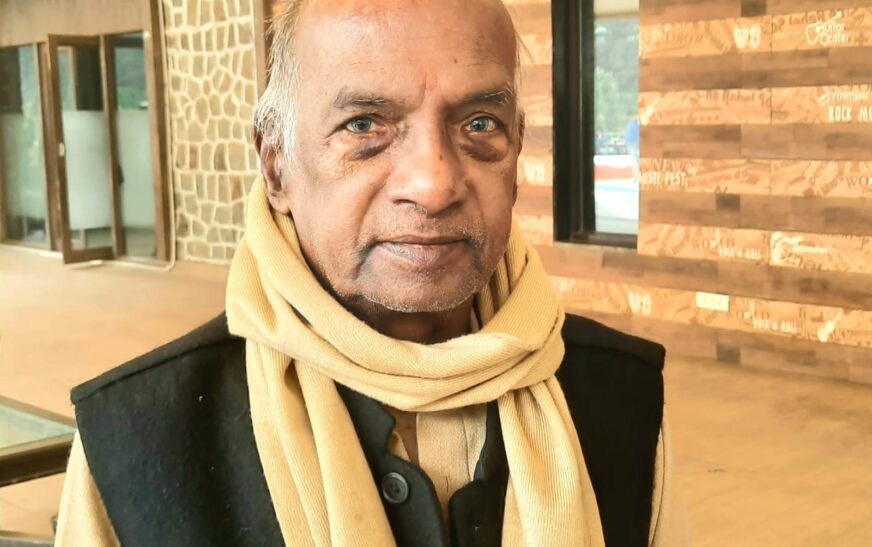

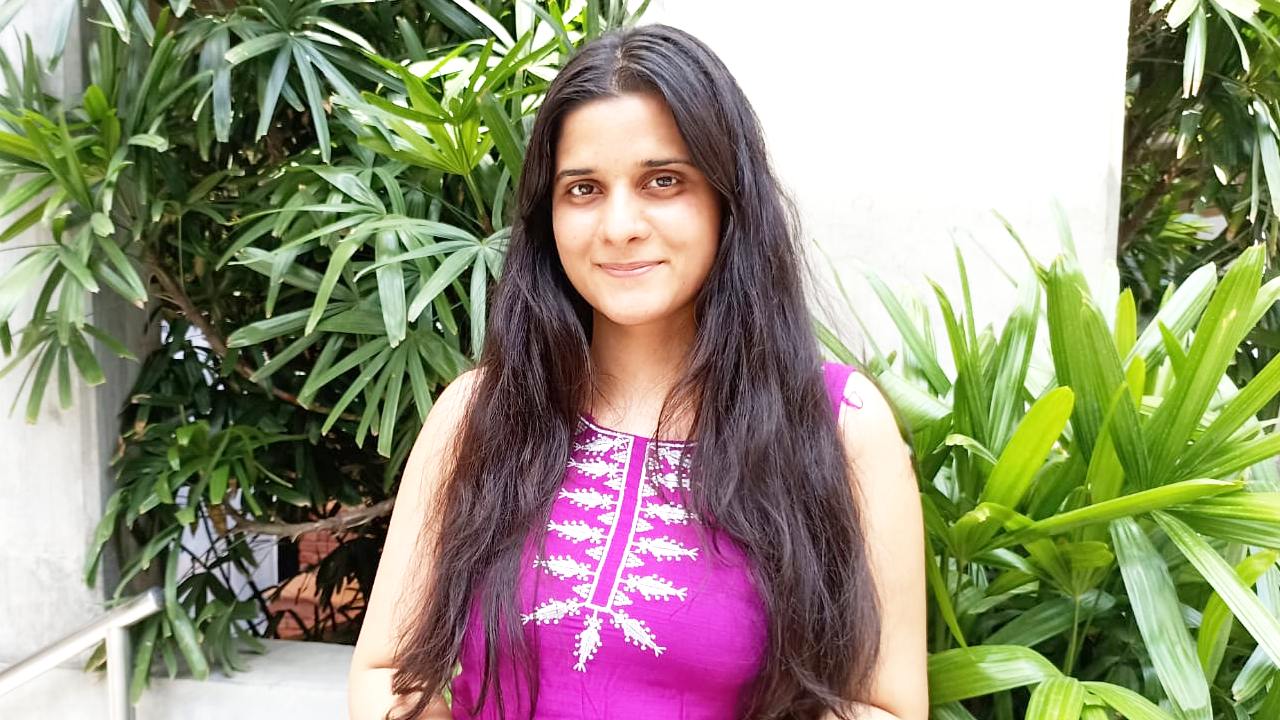
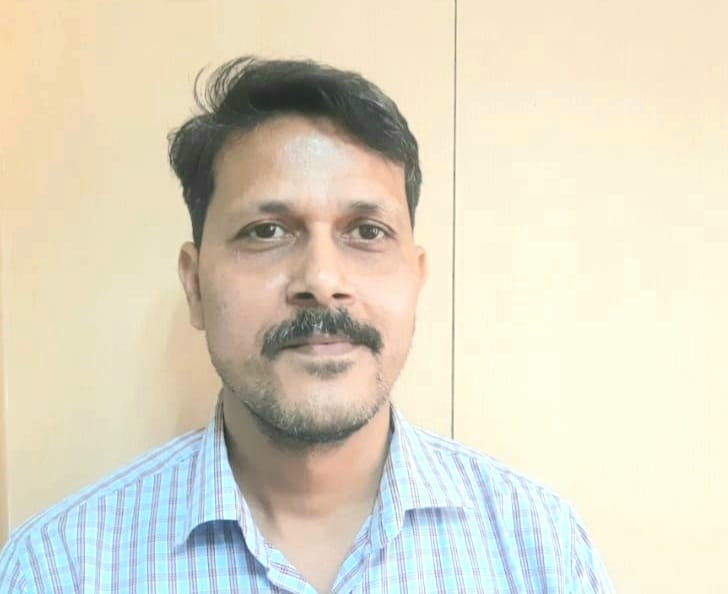
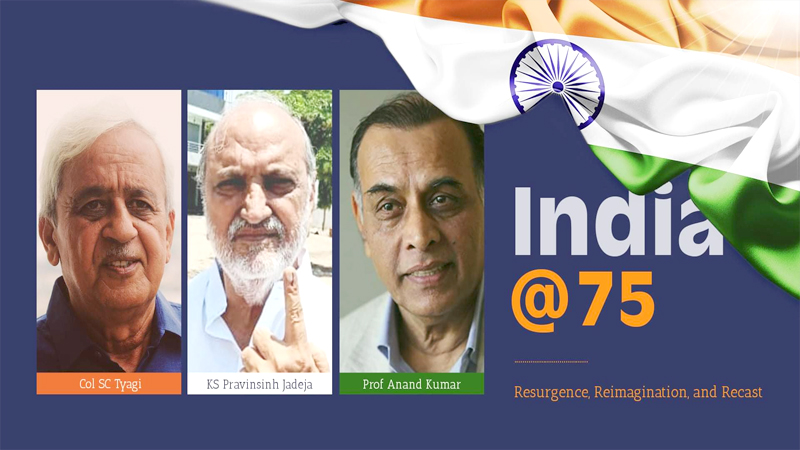

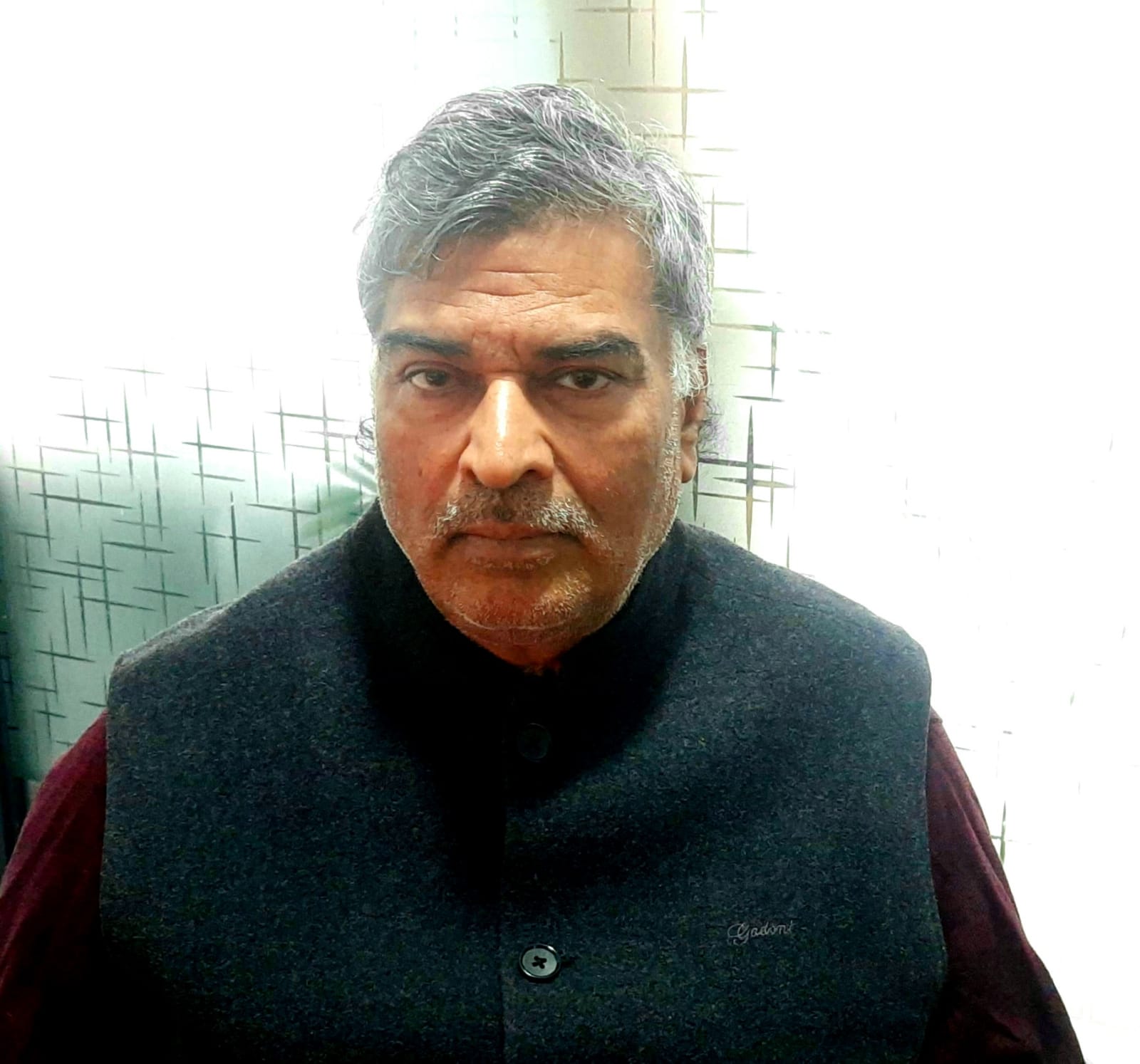

6 Comments
beautiful work
great job👍💯
Jai Shri Ram
Very well said & summed up the essence of the Pran- Pratistha of Lord Rama in Ayodhya on 22Jan 2024, by Govind Ji( as fondly we call him)
Govind ji, once organising gen. sect. of BJP has nicely summed up about the importance of Lord Rama at Ayodhya as promised in the manifesto of BJP from Long Back. He used to be the idolouge of BJP.
Those are yours alright! . We at least need to get these people stealing images to start blogging! They probably just did a image search and grabbed them. They look good though!
Comments are closed.